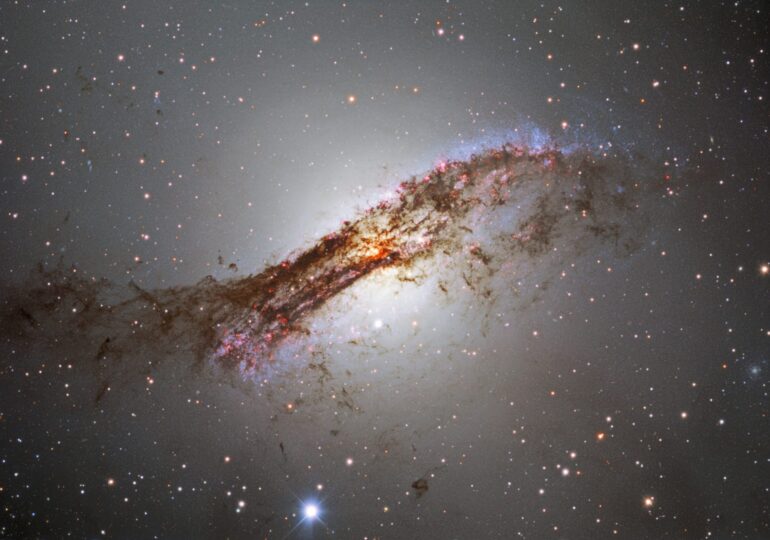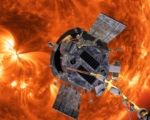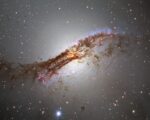NASA Citizen Scientists Identify High-Speed Object Exiting the Milky Way
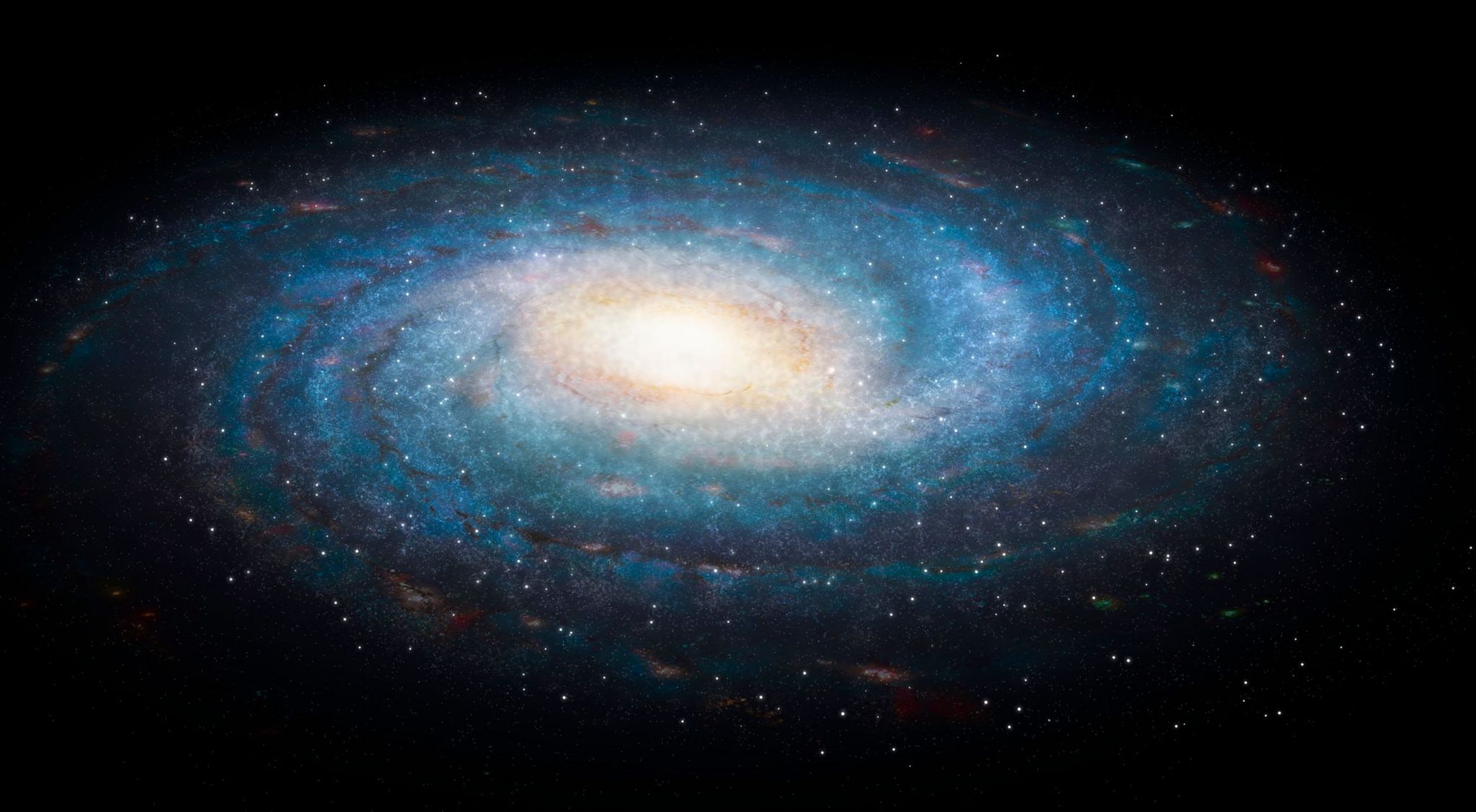
NASA’s Backyard Worlds project reveals a hypervelocity object traveling at 1 million miles per hour, departing the Milky Way galaxy.
On August 15, 2024, NASA’s Backyard Worlds: Planet 9 project, led by a team of enthusiastic citizen scientists, made an extraordinary discovery. They identified an object traveling at a breathtaking speed of 1 million miles per hour, fast enough to break free from the Milky Way’s gravitational influence. This hypervelocity object, named CWISE J124909.08+362116.0, represents a groundbreaking find as it is the first of its kind known to have the mass of a small star. Its unprecedented speed and low mass provide a rare opportunity to study celestial phenomena that challenge existing astrophysical models.
Discovery of CWISE J1249
The discovery of CWISE J1249 was made using data from NASA’s Wide Field Infrared Survey Explorer (WISE), which later became part of the NEOWISE mission. The object was first observed by citizen scientists Martin Kabatnik, Thomas P. Bickle, and Dan Caselden, who analyzed WISE images to spot this unusually fast-moving entity. Follow-up observations confirmed the object’s rapid motion and mass, categorizing it as a transitional object between a brown dwarf and a low-mass star, depending on whether it engages in hydrogen fusion in its core.
Understanding Hypervelocity
The extreme speed of CWISE J1249 raises intriguing questions about its origins. One leading hypothesis suggests that the object may have been ejected from a binary star system. In such a system, a supernova explosion involving a white dwarf could have propelled the object outward at high velocity. Another possibility is that CWISE J1249 was expelled from a globular cluster during an interaction with black holes, which could account for its high speed and the lack of heavy elements, indicating it might belong to an earlier generation of stars.
Implications for Stellar Evolution
The study of CWISE J1249 offers valuable insights into the processes that govern stellar evolution and galactic dynamics. Its discovery contributes to our understanding of how objects can achieve such extreme velocities and what conditions might lead to their ejection from their stellar environments. This could help refine models of star formation and galactic evolution, particularly concerning the life cycles of stars and the behavior of compact stellar remnants.
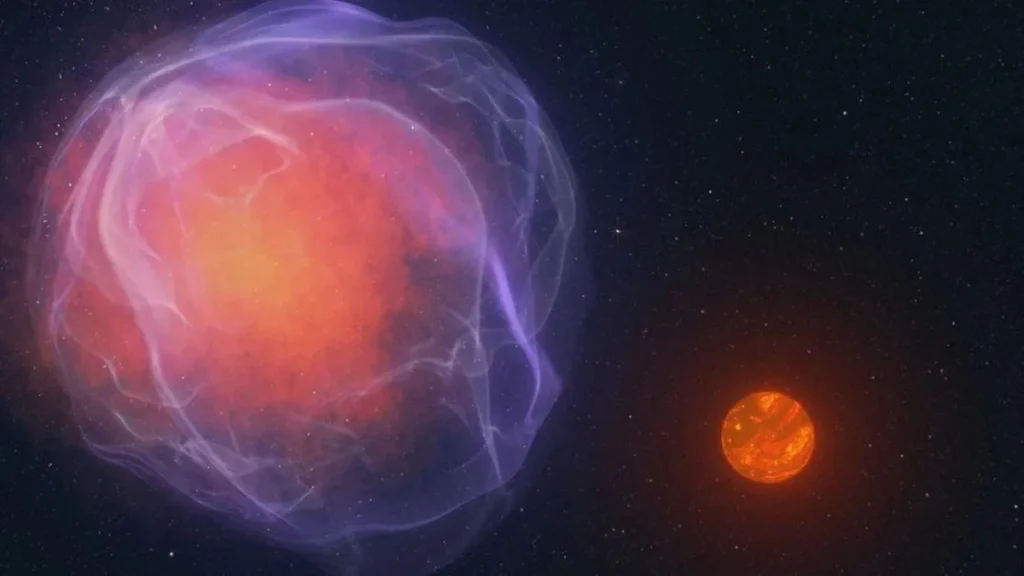
Future Observations and Research
Ongoing research will focus on further observations to refine the object’s trajectory and understand its full implications. Scientists plan to use additional telescopes and data analysis tools to track CWISE J1249’s movement and gather more details about its composition and history. This could potentially lead to new insights into the early universe and the formation of stars and planetary systems.
Citizen Science Impact
The involvement of citizen scientists in this discovery underscores the significant contributions of public engagement in space research. Projects like Backyard Worlds: Planet 9 rely on the keen observations and analytical skills of volunteers to uncover such remarkable findings. This collaboration between professional astronomers and amateur enthusiasts exemplifies the power of community-driven science in advancing our knowledge of the cosmos.
The discovery of CWISE J1249 highlights the dynamic and ever-evolving nature of space exploration. As researchers continue to unravel the mysteries surrounding this hypervelocity object, it promises to reshape our understanding of the universe and the forces that shape it.



